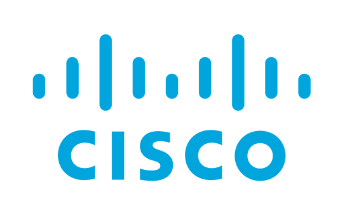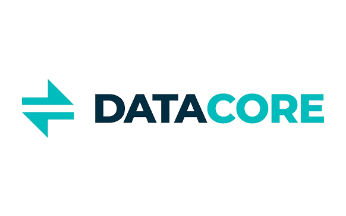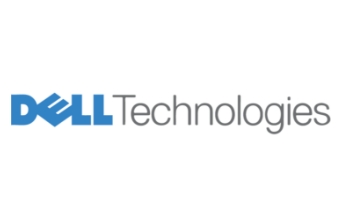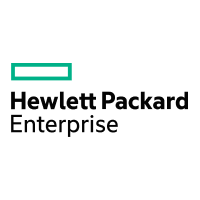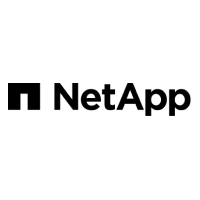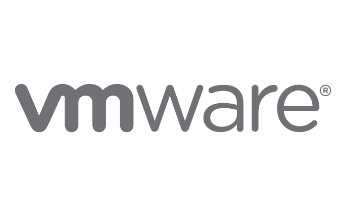Hyperconverged infrastructure (HCI) is a software-defined way for companies to be able to consolidate their data center resources, simplify management, and streamline deployments. Unlike traditional converged infrastructure solutions, HCI is entirely software based. It is particularly useful for companies looking for more flexibility and efficiency in their IT operations, amongst other benefits.
The core benefit of HCI, and the reason why so many companies are opting for HCI software, is that as its software-focused, it allows businesses to deploy infrastructure components as software instances. This provides greater flexibility and ease of integration with their existing systems. HCI certainly has its benefits when it comes to the cloud. Companies that deploy a HCI solution can build private clouds, extend their ecosystem to public clouds, and assist in helping companies achieve true hybrid clouds. As organizations move towards hybrid cloud environments, the right HCI solution can act as a bridge, providing consistent operations and management across on-premises and cloud platforms.
Why is HCI such a game changer for so many companies? Well, beyond HCI software being instrumental in supporting your organization’s journey to the cloud, traditional IT infrastructures usually require separate teams for specific functions and to manage certain resources, such as storage, compute, and networking. This can leads to complexity and a lack of flexibility within organizations. HCI creates a more flexible environment through breaking these silos, allowing IT teams to manage resources in a holistic way. HCI reduces operational overheads, as well as enhancing performance, resilience, and data efficiency, whilst reducing logistical challenges and crossovers.
In this article, we’ve listed the best HCI software solutions. In each instance, we’ll explore their key features, as well as their key use cases. We have also included an FAQ section covering some of the common questions regarding hyperconverged infrastructure software solutions.





